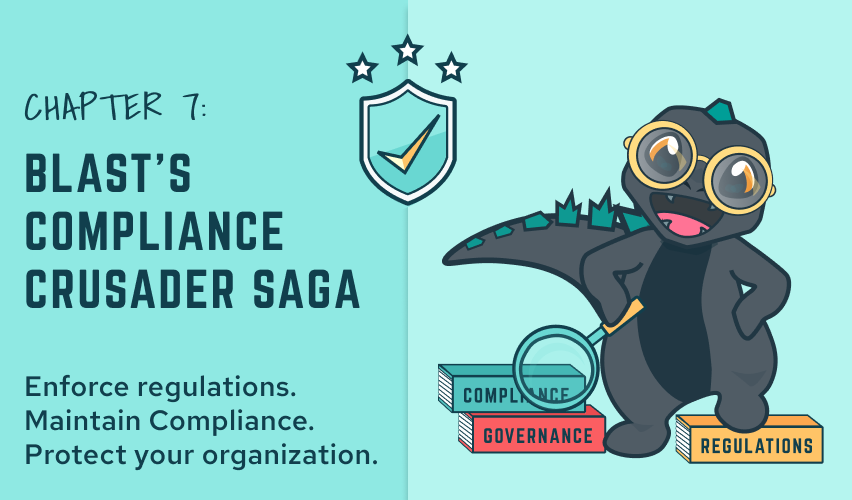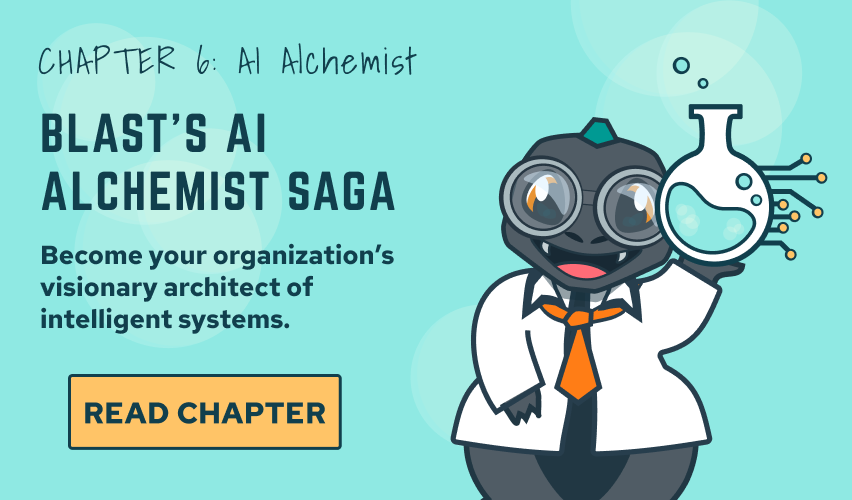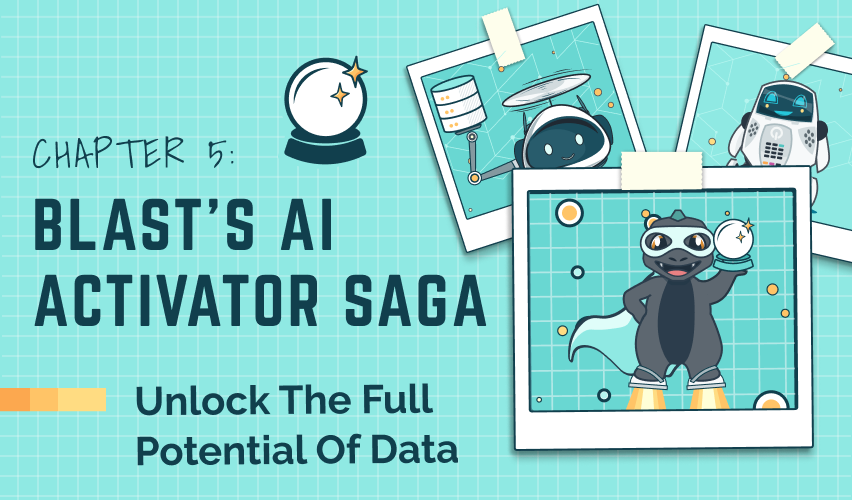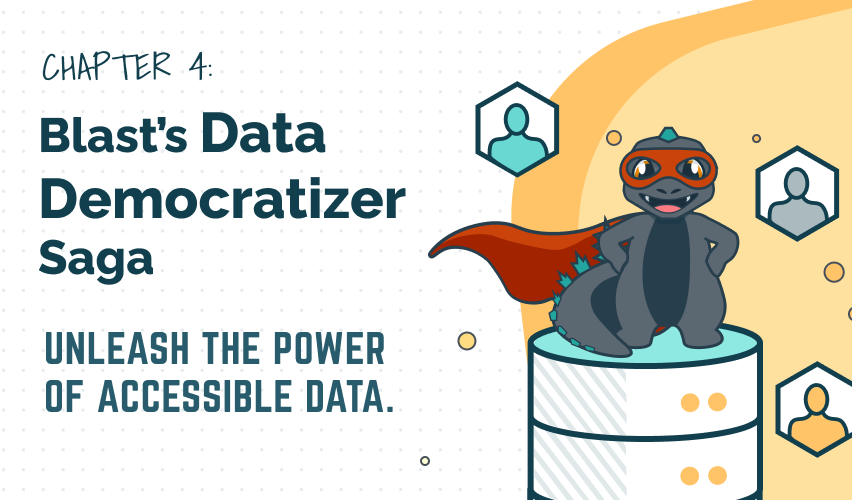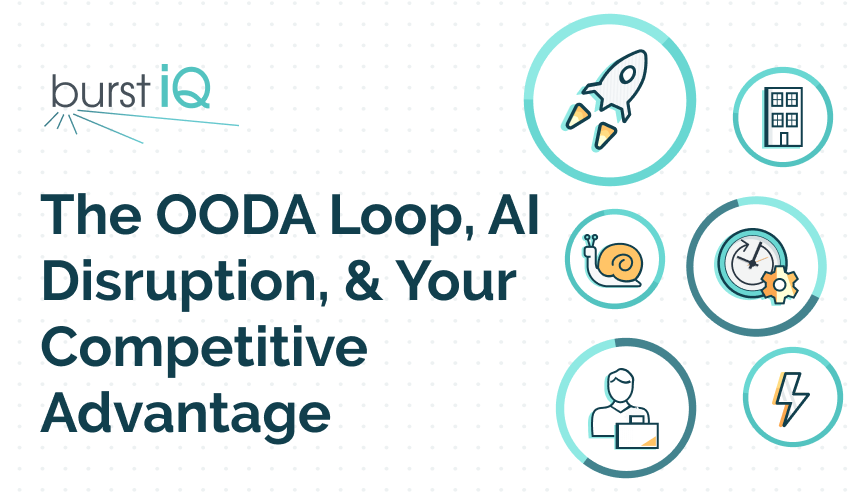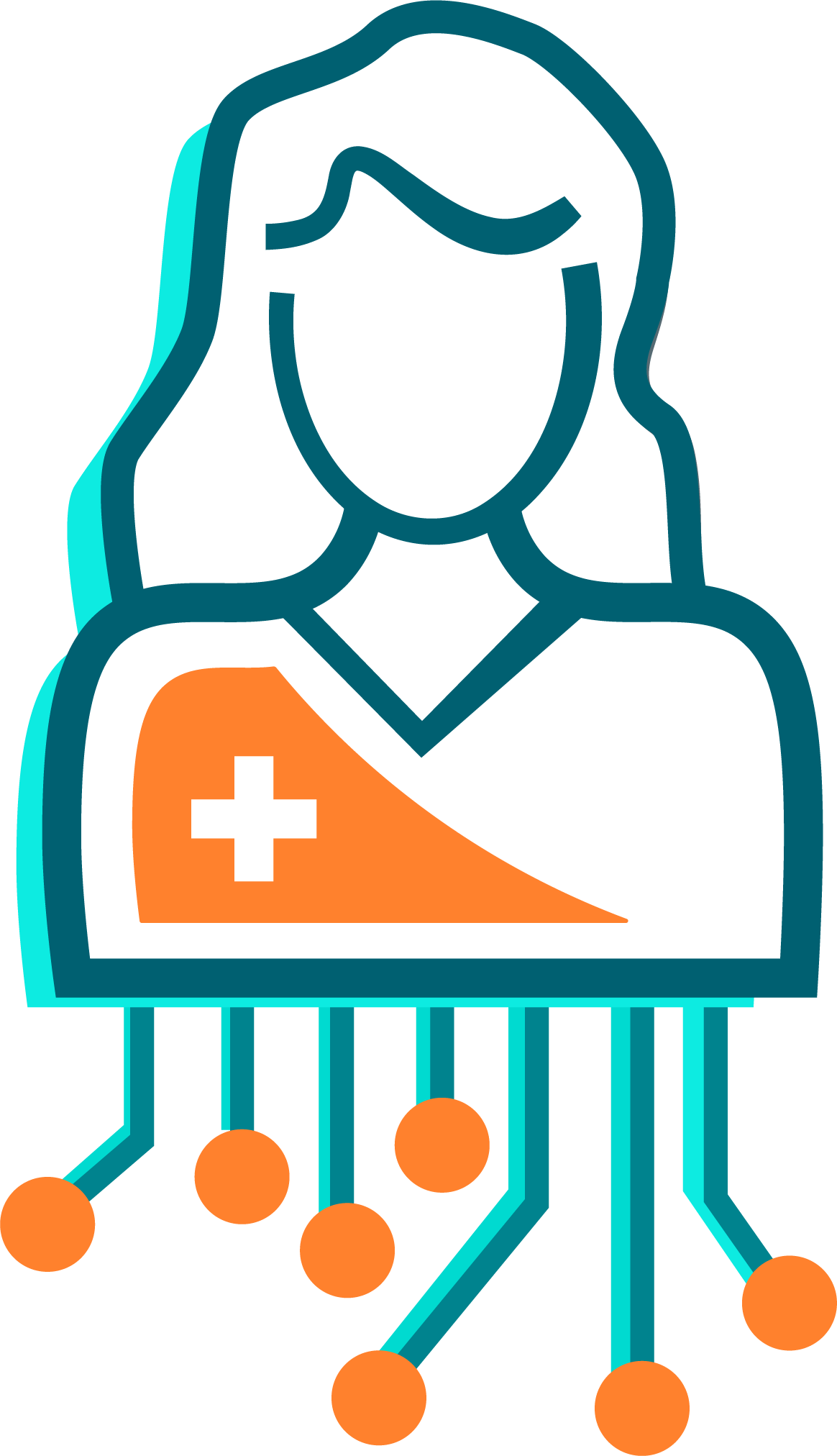
The Power of Human-Centric
AI in Healthcare
By Frank Ricotta, CEO & Founder BurstIQ
The human body, despite its intricate complexity, holds a certain mystique. We marvel at its resilience, healing capacity, and ability to adapt to an ever-changing world. Now, imagine adding a companion beaming with infinite possibilities. That companion always stays energized, constantly learns, and is available 24/7. Of course, I’m not talking about a human companion but an Artificial Intelligence (AI) companion, a health buddy. The result? A healthcare landscape brimming with unprecedented possibilities.
But let’s take a step back.
From a patient’s perspective, my mind buzzes with a million questions. What does AI in healthcare even mean? Is it some robotic physician prescribing pills from a gleaming, metallic palm? Or if I put my Trekkie hat on, is it an Emergency Medical Hologram (EMH)? Thankfully, the answer is far more nuanced and much more human-centric.
Think of AI as a tireless assistant, meticulously analyzing mountains of medical data and identifying patterns invisible to the naked eye. It can scour through countless research papers, scan X-rays with “falcon”-like precision, and predict potential health risks before they manifest. Imagine early diagnoses, personalized treatment plans, and even virtual consultations in the comfort of your own home.
So, let’s not get carried away by techno-utopian fantasies. AI, for all its brilliance, remains a tool. Its effectiveness hinges on the hands that wield it – the dedicated doctors, nurses, and healthcare professionals who translate its insights into tangible care. The human touch, empathy, and ability to listen and understand remain irreplaceable cornerstones of healthcare. AI, for all its promises, is just a machine. We are a long way from technology becoming sentient or being able to show genuine empathy and compassion. However, it is a force multiplier and holds endless possibilities to help address the core issues underpinning our health workforce — burnout, shortages, frustration, administrative tasks, orchestrating patient flow, predicting future health trends, managing resources, and more.
So, what does this fusion of AI and human expertise mean for us? It means hope. Hope for a future where technology empowers a person’s healthcare journey, not dictates it. Where AI becomes a silent guardian, whispering insights to our doctors and care providers, enabling them to make faster, more informed decisions. AI becomes an always-present coach helping us down our health path; additionally, AI can drive innovation and research, shorten cycles, and push the boundaries of traditional medicine and therapeutic development.
This isn’t just science fiction; it’s happening right now. AI-powered apps are monitoring chronic conditions, chatbots are offering mental health support, and surgical robots are assisting in delicate procedures with unmatched precision. It’s a future where our health data becomes a powerful ally, helping us understand our bodies and make informed choices.
Of course, challenges remain.
Concerns about data privacy, algorithmic bias, and the potential for dehumanization are valid. The ethical quandaries of potential biases in AI algorithms are real. The uniqueness of each patient’s health tapestry makes one-size-fits-all solutions a myth. And as our health systems become more interconnected, the specter of cybersecurity looms larger. Moreover, wading through the regulatory quagmire to keep AI in line with legal and ethical standards is as crucial as it is complex. Let’s remember that once AI permeates the care continuum, we will have crossed the boundary of software becoming a medical device. The regulatory world is just now starting to address how to approach systems with AI’s underlying complexity, especially when those systems exhibit nondeterministic behaviors.
This brings me to the fundamental challenge – transparency. In the world of AI-driven healthcare, transparency isn’t just a good practice—it’s the cornerstone of trust. How data is gathered, how consent is obtained, and how algorithms reach their conclusions must be transparent and auditable. Transparency is the bridge of trust between technology and those it serves.
But with open dialogue, ethical considerations, and a focus on person empowerment, we can navigate these concerns and unlock the true potential of AI in healthcare.
This isn’t a story about robots replacing doctors; it’s a story about humans and machines working together, arm in digital arm, to build a healthier future. A future where the wonder of technology amplifies the magic of human care, leaving us feeling empowered, informed, and, most importantly, hopeful. And that, to me, is the most beautiful prescription of all.
Don’t Know Where to Start with Your AI Efforts?
BurstIQ is helping our customers fast-track their AI initiatives through trustworthy data and transparent governance. Let’s connect so we can discuss how you can solve your data issues first, and then launch into your AI-powered future today.
About BurstIQ:
BurstIQ’s LifeGraph is an advanced data management platform that enables secure, transparent, and efficient data management for businesses across various industries. By harnessing the power of blockchain technology, BurstIQ empowers organizations to quickly integrate data from any source so they can create a trustworthy business ecosystem. The platform applies knowledge graphs to make data more accessible and to deliver insights that optimize processes, reduce risk, and personalize customer solutions across their ecosystems. With a strong focus on innovation and customer-centricity, BurstIQ continues revolutionizing industries and setting new standards in enterprise blockchain-powered Web3 solutions.
To learn more about how LifeGraph can help you extend your capabilities to build trustworthy, AI-ready exchanges, and robust data analytics from a single, powerful platform, please contact us here.

